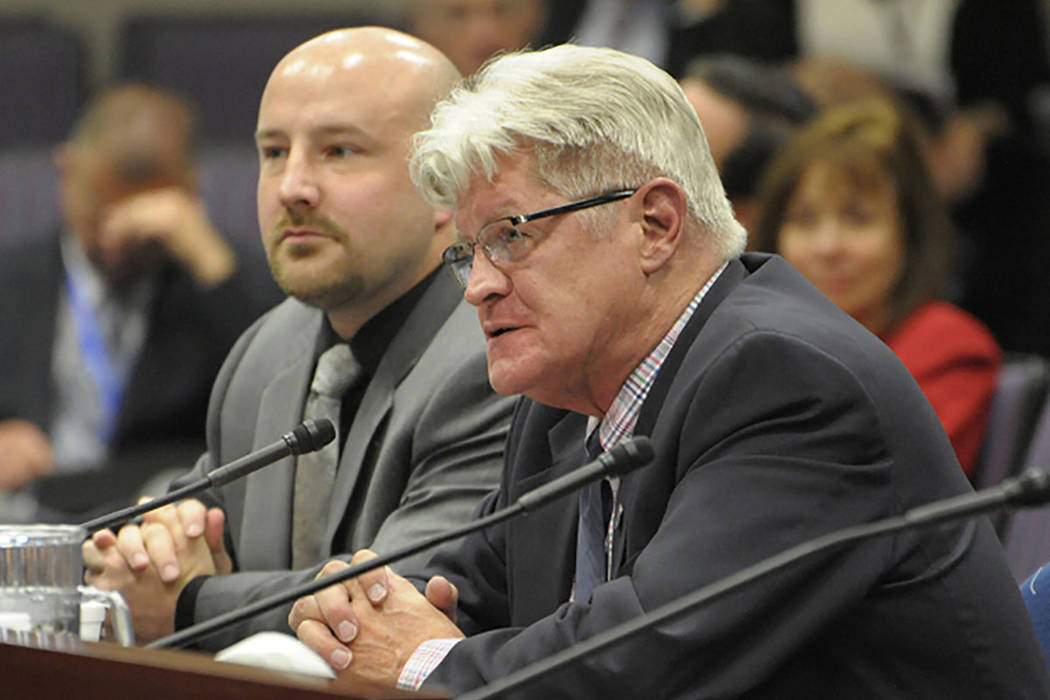Nevada will lower assumption for public pension plans
CARSON CITY — A state panel overseeing the $38 billion Nevada public employee pension plan voted Thursday to lower its decades-old assumption about the return on its investments.
The change from a projected 8 percent return to 7.5 percent over the next several years could mean higher contribution rates from public employees and employers — from state workers to school teachers — to offset the lower expectations.
The vote from the board of the Public Employees’ Retirement System was unanimous, although state Controller Ron Knecht recommended a much lower rate of return for the plan’s investments of 5 percent. He also said the inflation rate should be lower as well, at 1.75 percent.
“It’s clear to me that adopting the assumptions I have recommended will show the funding levels of PERS are not as bright as they appear to be in current and recent past PERS accounts,” he said in an analysis presented to the board.
New contribution rates for public employees and their government employers will be determined in November 2018. But higher contribution rates could mean less money for public agencies to spend on other budget priorities.
“Doing so will probably require increases in contribution rates by PERS member employees and taxpayers,” Knecht said. “My recommendations will greatly clarify the risk issues facing employees, retirees, state creditworthiness and taxpayers.”
The changes approved by the board will take effect to the start when the 2018 fiscal year begins July 1.
PERS has used an 8 percent return assumption since 1984, and it has exceeded that target, hitting just over 9 percent.
One reason for the lower rate of return recommended in the Actuarial Experience Study by Segal Consulting is a lower rate of anticipated inflation, from 3.5 percent to 2.75 percent. A lower inflation rate will benefit the plan’s overall returns and offset, to some extent, the lower rate of return.
But a lower return on investments could lead to higher contribution rates to ensure the plan remains actuarially sound for the approximately 105,000 active members and 54,000 retired and disabled members. Because the public retirement plan is a defined benefit plan where retirees get a fixed monthly pension, taxpayers are ultimately responsible for its fiscal health.
The assumptions used in the plan typically are maintained for at least four- to six-years.
Other public pension plans, notably the massive $300 billion-plus CalPERS plan in California, have been lowering their assumptions as critics have suggested that prior expectations were unrealistic.
Survey results in the Segal study show that more than half of the public retirement systems have an investment return assumption in the range of 6.75 percent to 7.75 percent, and over half of those systems have used an assumption of 7.5 percent.
Follow @seanw801 on Twitter.

















